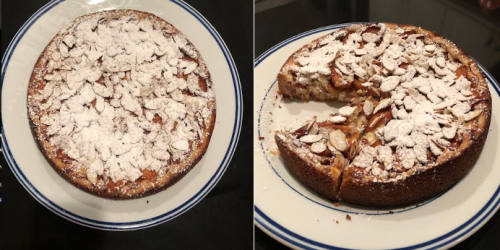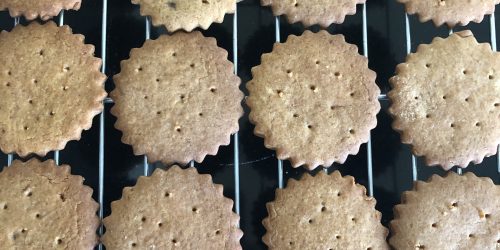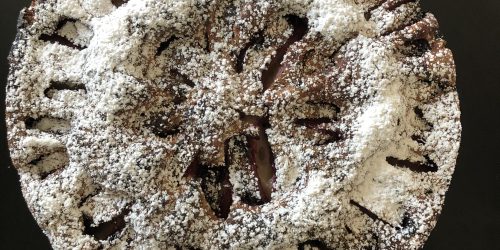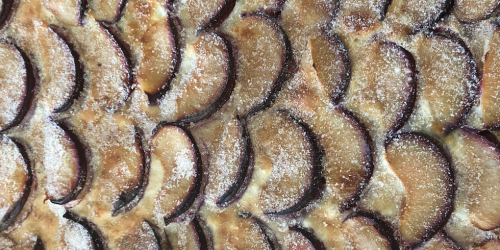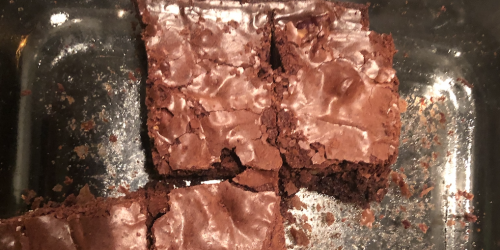Pfeffernüsse Cookies & Blue Willow & Blue Onion
I discovered the best, authentic, Pfeffernüsse cookie recipe including making your own spice blend. I will therefore link to and list the recipes at the end. One difference is that I only use powdered sugar and not a glaze. I tend tho think of Lebkuchen as glazed. Pfeffernusse is a variant of German Lebkuchen, or gingerbread. Pferffernusse cookies differ from regular German gingerbread is that they are rolled into balls and then glazed with powdered sugar after baking.
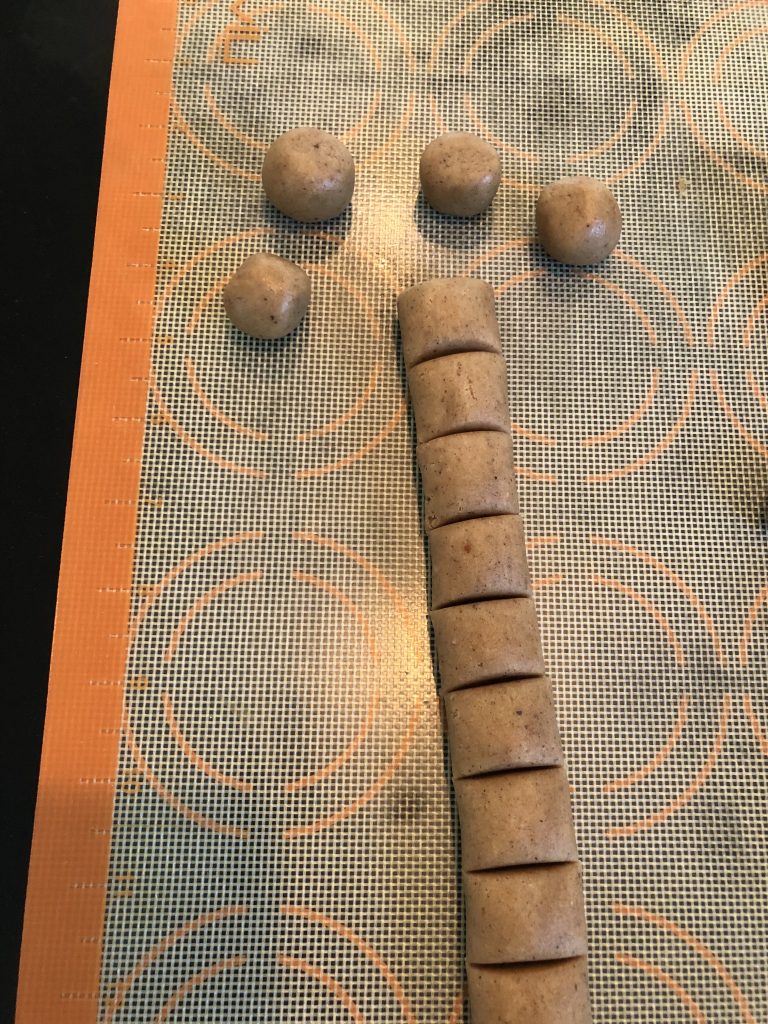
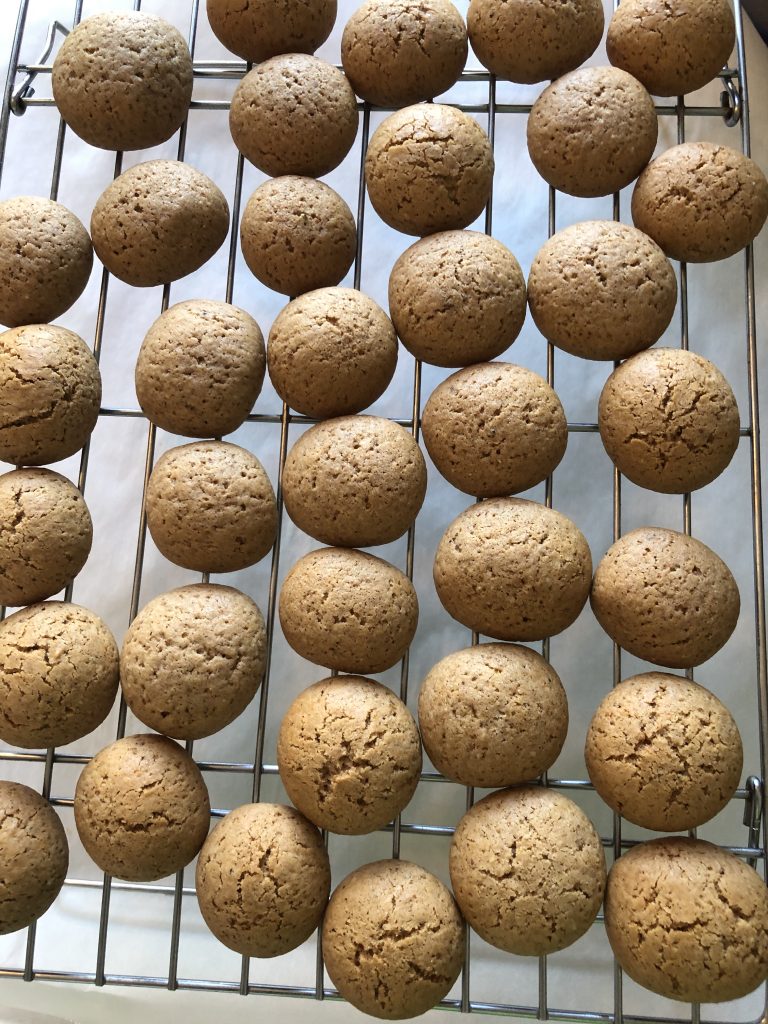
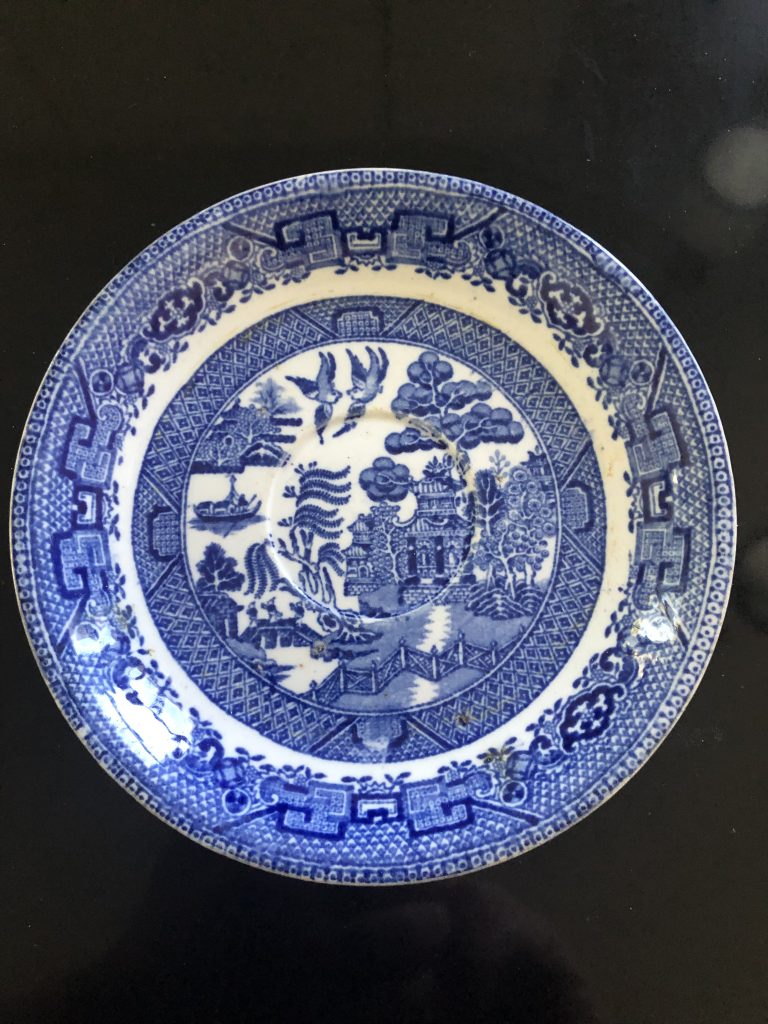
The serving platter I used to display the finished cookies for this post is “Ye Olde Willow” and was made by Grimwades in Staffordshire, England. The traditional Blue Willow pattern is nicely set off by the elaborate patterned borders, the famous Blue Willow Chinese pattern in Cobalt blue and white. My Mom’s favorite was Blue Onion. The Blue Willow pattern is considered to be the oldest China pattern originally designed in the 15th century. It tells the story of a couple’s forbidden love, Koong-See and Chang, who were transformed into the lovebirds seen in the pattern! This plate is marked with UHP (Upper Hanley Pottery) Earthenware manufacturer at the Upper Hanley Works, the High Street, Hanley, Stoke-on-Trent (from c.1895 – 1902) and then at the Brownfield’s Works, Cobridge (c.1902 – 1906) Originally at the Upper Hanley Works (previously Stonier, Hollinshead & Co) became incorporated in 1900 (‘LTD’ added to the mark) circa 1902 and moved the business to the Brownfield’s Works, Cobridge. In February 1906, a resolution was passed that the business be wound up. The Chairman at the time was John Hollinshead. Grimwades bought the rights to the trade name ‘Upper Hanley Pottery’ and continued to produce ware with this name until 1911.
The Willow pattern and its variants, often simply referred to as Blue Willow, is the single most produced porcelain / semi porcelain transfer image in history. Virtually every major English and American potter has produced Willow ware at some point. Since the perfection of the transfer under glaze printing system in 1760, and the first recorded Willow pattern (c. 1780) by Thomas Turner of Caughley Pottery in Staffordshire, England, no less than 117 English firms, 46 American firms, and at least another 40 to 50 manufacturers from Japan & Worldwide have offered Willow as part of their arsenals. The Willow overall is so prolific, that the image is qualified by no less than (9) separate border designs, as well as (11) variations of the center well image, giving a myriad of possible combinations for the overall pattern. For a complete analysis of the different styles and dating, please see Mary Frank Gastons classic reference, Gastons Blue Willow 3rd Edition.
The Willow pattern is derived from the story is of two faithful lovers. On the right hand side is the large and magnificent Chinese dwelling of a Mandarin, with rare fruit trees. His secretary, Chang, had fallen in love with the mandarin’s daughter, Koong-see, and she loved in return. The mandarin, on discovering the affair, forbade the youth to come near the house on pain of death, and confined his daughter within the dwelling, also building a high wooden fence from the wall to the water’s edge. He also betrothed his daughter to a rich viceroy, Ta-jin. The wedding was to take place when the peach tree would blossom in the spring. Koong-see watched with apprehension the budding of the tree, whose branches grew close to the walls of her apartment. One day half a coconut shell floated on the waves. She found in it a paper containing a verse. It was from Chang. He threatened suicide. Koong-see wrote an answer, “the fruit you most prize will be gathered when the willow blossom droops upon the bough”, and told him to come for her. In the confusion at the beginning of the ceremonies, Chang slipped into the house, and the lovers eloped, and crossed the bridge by the willow tree. The mandarin saw and pursued them, which represents the three figures on the bridge, Koong-see carrying a distaff (emblem of virginity); Chang carrying the jewel box; and the irate mandarin with a whip. Chang and Koong-see took refuge in the humble house of two of Koong-see’s former servants, represented at the foot of the bridge, and were solemnly betrothed. The mandarin offered a reward for the return of his daughter and the person of Chang, consequently, Chang & Koong-see escaped in a boat, borne away on the rushing tide of the Yangtse Kiang. Chang bought an island with some of Ta-jin’s dowery jewels, and built their house. The island is shown on the upper left pattern with its small trees. Several years elapsed, until Chang wrote a book, which attracted the attention of Ta-jin, who with a military escort attacked the island, to seize Koong-see, and to kill Chang. Chang was run through the body and mortally wounded, and Koong-see, in despair, set fire to the house, perishing in the flames. The pitying gods now transformed Koong-see and Chang into the two immortal doves that will forever survey the scenes of their romantic lives.
Blue Willow and Blue Onion
The willow pattern showing a bridge, birds, trees and pagoda, and sometimes people, has been used on dishes made in the Orient (countries of Asia, especially eastern Asia) and in England since 1780. The blue-and-white Blue Flower pattern has been made by the Royal Copenhagen factory since 1780. But the pattern that seems to have been made and copied the most now is called “Onion” or “Blue Onion.” The pattern, first made in 1732, was Chinese in origin. It pictured peaches and pomegranates. English and German potters saw the design and started making a similar pattern but with a slight difference in the fruit. That led to calling the fruit “onions.” You can find the design from Germany, England, France, Japan, the United States, Hong Kong, Thailand and China.
More about Blue Willow (Blue is for blue color): https://www.simplemost.com/10-interesting-facts-classic-blue-willow-china/
https://www.willowcollectors.org/faq.html
https://www.daringgourmet.com/pfeffernuesse-german-iced-gingerbread-cookies/
INGREDIENTS
- 2 1/4 cup all-purpose flour
- 1/2 teaspoon baking soda
- 1/4 teaspoon salt
- 3-4 teaspoons Lebkuchengewürz
- Homemade Lebkuchengewürz (STRONGLY recommended for best flavor), click link for recipe
- 1/4 teaspoon finely ground white pepper
- 1/4 cup almond meal
- 1/2 cup packed brown sugar
- 1/3 cup pure honey
- 5 tablespoons unsalted butter
- 3 tablespoons heavy cream
- 1 large egg
- For the Glaze: (I do not glaze — just powder sugar)
- 2 1/2 cups powdered sugar
- 3-4 tablespoons hot water (less water will result in a thicker & whiter glaze)
INSTRUCTIONS
- In a small bowl, combine the flour, baking soda, salt, Lebkuchengewuerz, white pepper and almond meal. Set aside.
- Combine the brown sugar, honey, butter, and cream in a medium saucepan and heat, stirring frequently, until melted and the sugar is dissolved. Remove from heat and let sit 5 minutes. Stir in the flour mixture. Once incorporated stir in the egg until thoroughly combined. The dough will have a nice glossy sheen. It will be very sticky and that’s how it should be.
- Turn the mixture out onto some plastic wrap and wrap the dough tightly. Refrigerate overnight or for up to two days.
- Preheat the oven to 350 degrees.
- Remove the dough from the plastic wrap and immediately roll it into two strands, each 3/4 inch thick. Slice the rolls into 3/4 inch thick rounds and roll each round into a ball (each ball should be about 3/4 inch large). Work quickly while the dough is still chilled. Note: The size is just personal preference, you can make them larger if you prefer.
- Place the cookie balls on a line cookie sheet and bake for about 15 minutes or until golden brown. Remove and let the cookies cool completely.
- To make the glaze, combine the powdered sugar and water until smooth.
- Dip each cookie in the glaze, letting the excess drip off, and place them on a wire rack positioned over a cookie sheet (to catch the drips) and let them sit until the glaze is fully hardened.
- Store the cookies in airtight container in a cool place. Will keep for at least 2 weeks (they’re usually stored longer) and the flavor only gets better over time.Makes 50+ cookies depending on their size.
https://www.daringgourmet.com/homemade-lebkuchengewuerz-german-gingerbread-spice-blend/
INGREDIENTS
- 2 1/2 tablespoons ground cinnamon
- 2 teaspoon ground cloves
- 1/2 teaspoon ground allspice
- 1/2 teaspoon ground coriander
- 1/2 teaspoon ground green cardamom
- 1/2 teaspoon ground ginger
- 1/2 teaspoon ground star anise
- 1/4 teaspoon ground mace
- 1/4 teaspoon ground nutmeg
INSTRUCTIONS
- Combine the spices together and store in an airtight jar in a cool, dark place for up to one year.
- For superior flavor results, grind these spices from toasted and freshly ground whole spices. Simply heat a dry skillet over medium heat and toast the spices in it until very fragrant. Be careful not to scorch the spices or they will become bitter. Using the freshly ground blend within a few days is optimal.
